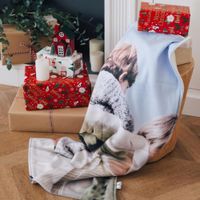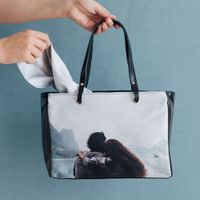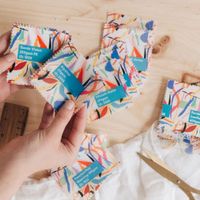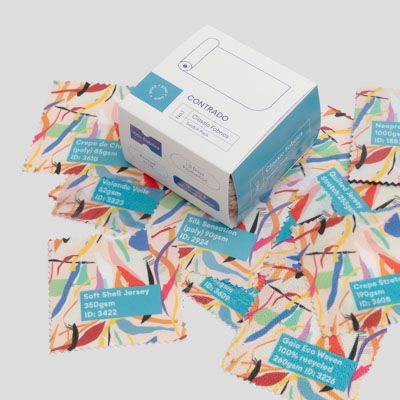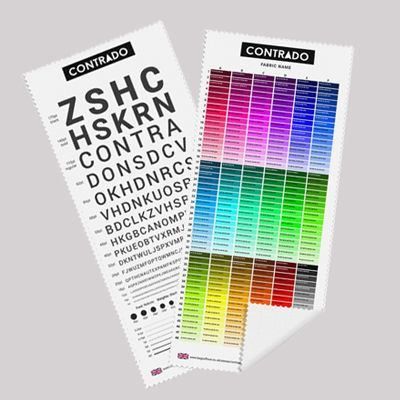Important: Before measuring and ordering your Neoprene fabric, it's essential you refer to our hemming and shrinking information to avoid disappointment and order the accurate amount for your project. Due to the natural, thick structure of neoprene fabric, we are unable to offer our hemming service on this particular textile.
Neoprene 2-4mm Thick
- Max Print:
1.3 m
- Weight:
3200 gsm
- Roll Width:
1.3 m
2 - 4mm thick neoprene with black protective lining, ideal for wetsuit, jammers, dog vests, computer sleeves, ipad covers, wine bottle covers and more. Max dimensions are 145 x 130
Please note: the thickness of the neoprene can vary from 2 - 4mm. Due to the fabric, we advise against high contrast graphics e.g. black text on a light background. Instead, we've found that the best artwork for neoprene are patterns of low contrasting colours with no large areas of solid colour.
How to Care for Your Neoprene Fabric
Despite being so tough and durable, it's a fussier fabric than most as it needs a delicate, cold wash or a dry cleaning job to maintain its excellent condition. Give it a cool tumble or hang to dry. It's iron safe up to 120°c.
What Can I Make With Neoprene?
Neoprene mat: Whether it's a baby playmat, a wargaming mat or a tabletop mat for comfort, this fabric is perfectly suited to the job. They are perfectly flat, durable and silent for when you're moving pieces or throwing dice. What's more it's light and easy to transport, so roll it up and lay it down in seconds ready for play.
Neoprene handbags: Being sturdy and opaque in nature makes it a quirky material to use for bag making. You could even use it just for the face of a bag, if you've got an existing one that's in need of a makeover.
Laptop covers: The protective padding is an ideal solution to finding the best protection for your devices. From Kindles to tablets, you can stitch together a custom made sleeve made from this lovely material.
Neoprene fabric for clothing: Designers like to make neoprene clothing such as printed skater skirts, as it holds the shape so well. We also have some customers making gym or sports jammer shorts, couture jackets and even custom neoprene dog vests.
